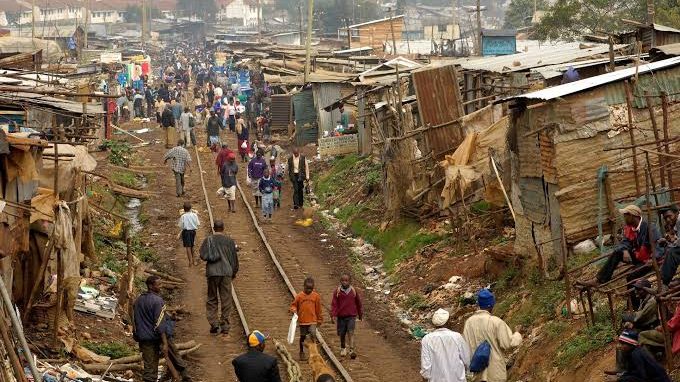How poor Kenyans toil per day to put food on the table
By Jeff Kenya Mburu, June 13, 2023In a good month, Robert Sande, who lives in Pipeline area of Nairobi, earns a maximum ofSh7,000. That, judging by the latest data from the National Treasury, technically makes him a poor man.
But he is not alone. There were 19.1 million Kenyans living below the poverty line in 2021, according to the Treasury. That translates to 38.6 per cent of the total population.
Even the little that Sande earns is not his alone as he has to provide for his parents in the rural areas, his wife and child.
“I am a hustler here in Nairobi,” he told People Daily just days after the damning Treasury data was published. “I don’t have a specific job. I just do any job I find, and sometimes in a month, I end up earning Sh7,000, sometimes less”.
From his income, Sande spends Sh2,000 on rent.
“The remaining money is the one I have to send some to my parents, look after my wife and small kid and also bring food to the table,” he said.
To make ends meet, he is considering sending his wife and child to live with his parents in his rural home in western Kenya.
“I can remain here hustling alone because I can survive on one meal a day and that’s fine for me but for my wife and child, that will be torture,” he said, highlighting another problem that Treasury has asked the government to grapple with — food poverty, which refers to the lack of sufficient food to meet one’s daily needs.
The battle against food poverty remains a pressing concern for policy makers and stakeholders.
In 2021, the food poverty rate stood at 30.5 per cent of the population. Although still high, the good news is that it was a reduction from 32 per cent in the 2015/16 financial year. The bad news is that it meant about 15.1 million individuals did not get enough food to meet their daily needs in 2021.
Pascalia Korir, a financial analyst and economist mentioned some of the factors that led to an increase in poverty levels from 36.1 to 38.6. These included the Covid-19 pandemic, the prolonged drought that went on for four planting seasons, and withdrawal of maize flour subsidy.
Severe economic impact
“The Covid-19 pandemic has had a severe economic impact, leaving many vulnerable Kenyans struggling to make ends meet,” she said.
She further stated that Kenya has been grappling with a prolonged drought since 2020, exacerbating the economic challenges facing many families. The drought has led to multiple crop failures, livestock deaths and increased food prices, further deepening the poverty crisis.
“The effects of the drought have been severe, pushing vulnerable communities deeper into poverty,” she said.
Various policies
Treasury CS Njuguna Ndung’u said in his report that monitoring poverty status and trends is of paramount importance because it informs policy-making, aids in resource allocation, and helps assess the effectiveness of interventions and poverty impacts of various policies.
“Moreover, the poverty report serves as a benchmark to evaluate the effectiveness of existing measures and identify areas that require further action. It enables policymakers to make informed decisions and develop strategies to reduce poverty,” he said.
Korir agrees with this assessment.
“We as a country we need to closely analyse the report’s findings and use them to fine-tune our policies, ensuring they have a positive impact on poverty alleviation,” she said.
Additionally, she said, addressing the persistent challenges of poverty requires collaborative efforts from both the government and civil society organisations.
